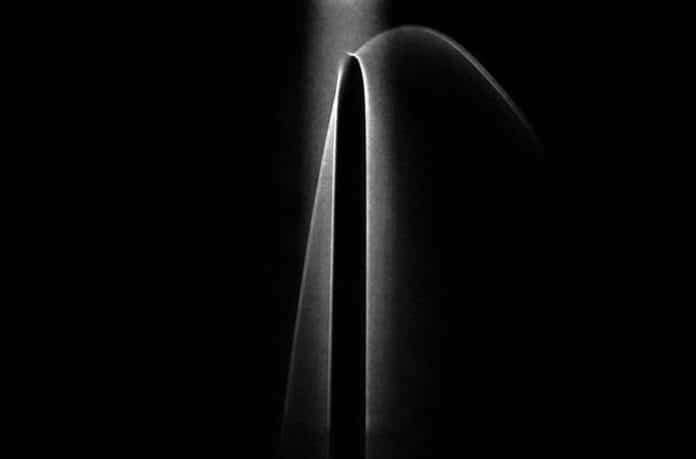When atoms cool to almost zero, they move in waves like light and can be focused on shapes called caustics, similar to the reflecting or refracting patterns.
Caustics are envelopes of classical trajectories (rays) where the density of states diverges. This results in observable features such as bright points, curves, and extended pattern networks.
In a study by Washington State University, scientists have created a new technique to see these matter-wave caustics. They have done this by placing attractive or repulsive obstacles in the path of a cold atom laser.
The results are curving cusps or fold upward or downward “V” shapes.
The experiments presented here demonstrate the ability to generate and directly image complex caustics in an accelerated reference frame. According to scientists, these caustics can be used in highly precise measurement or timing devices such as interferometers and atomic clocks.
Peter Engels, WSU Yount’s distinguished professor and the paper’s senior author, said, “It’s a beautiful demonstration of how we can manipulate matter waves in a way that is very similar to how one would manipulate light. An atom is accelerated by gravity, so, therefore, we can mimic effects that would be very difficult to see with light. Also, since atoms respond to many different things, we can potentially exploit this for new types of sensors that are particularly good at detecting magnetic fields, gradients in electric fields, or gravity.”
To acquire these effects, scientists first created one of the coldest places on Earth, which they could accomplish in the Fundamental Quantum Physics lab at WSU. Then, using optical lasers, they took energy out of an atomic cloud trapped inside a vacuum chamber, cooling it very close to absolute zero (−273.15 degrees Celsius or −459.67 degrees Fahrenheit).
At such cold temperatures, the atoms behave quantum mechanically in ways very different from the familiar laws of nature. Clouds formed of such atoms are known as Bose-Einstein condensates.
While exploring these condensates, scientists created a cold atom laser. It means the wave-like atoms started lining up in a column and moving together.
Maren Mossman, the paper’s first author who worked on the project as a WSU post-doctoral fellow, said, “A light laser is a collimated, coherent stream of photons, and we’re essentially doing that with atoms. The atoms walk together and behave as one object. So then, we decided to see what happens if we poked this.”
Scientists ‘poked’ at the atom laser by putting optical obstacles in its path. They essentially shine specific wavelengths of laser light onto the accelerating stream of atoms. One obstacle type repelled the atoms and made caustics in downward fold shapes; another attracted them, creating caustics in upward cusp shapes.
Scientists noted, “The system is also very tunable, meaning they can change how fast the atoms accelerate.”
Peter Engels, WSU Yount’s distinguished professor and the paper’s senior author, said, “Caustics in atom lasers have never really been studied with this flexibility.”
Journal Reference:
- Mossman, M.E., Bersano, T.M., Forbes, M.M. et al. Gravitational caustics in an atom laser. Nature Communications 12, 7226 (2021). DOI: 10.1038/s41467-021-27555-3
